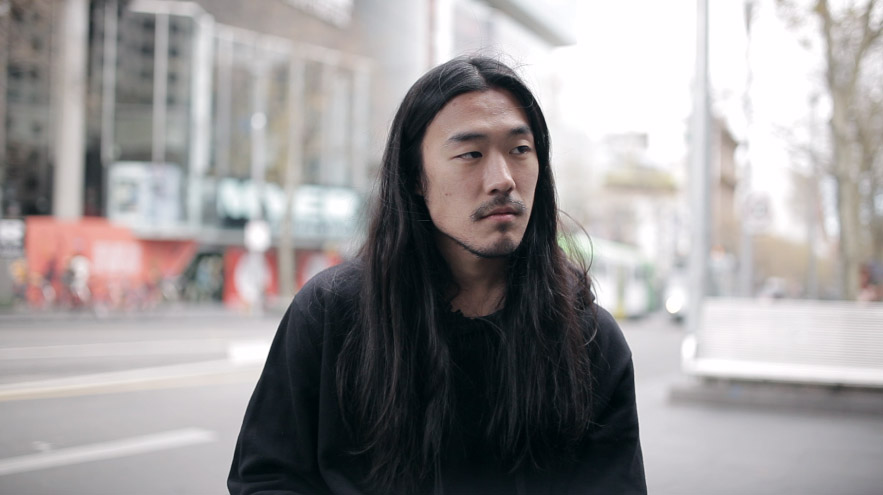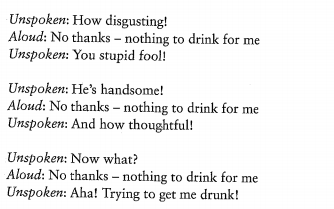What was covered? Do you think the content is relevant to your project? And why?
Lighting wasn’t exactly new to me because I had experience with studio lighting when I was doing photography work. However, I felt that certain stuff that I’ve learnt from studio photography was a big help in helping me understand certain subjects that I needed to know when filming with lighting.
Firstly, the very basic of lighting, and why it is imperative to have lighting in your film is because it helps to set the tone and the mode of the scene. Say, in a horror movie, you generally tend to have most likely shadowy, dark, gloomy lighting or maybe faded. (for a lack of better word) Secondly, it is important to ensure that the white balance is correct before starting anything. Depending on your environment and the artificial light supply, the white balance will obviously be affected, it helps to define the overall clarity and sharpness of the particular scene, as well as the ambience of your video.
What I also got away from one of the group’s that were filming the other day was that, it was stated in the camera that the white balance was fine at that particular timing, however, when they got back to school for post production, the white balance and contrast was totally off from what they expected it to be. The sunlight was too harsh. From that, I realised that shooting outdoors is another issue that most of us face when it comes to lighting. Yes, it’s good to have natural lighting, but what happens when the sun is out at 12 noon and everything else gets affected? Shooting in hard sunlight comes with its own set of challenges. It can result in high contrast, “areas of overexposure” and lens flares. A solution to this is to use a reflector would be good, it reflects the light from the sun (or film lights/practicals) back onto the person you are filming or keep the sun behind you wherever’s possible.
Select from one of the readings from week 5, 6 or 7 and describe two points that you have taken from it. Points that excite you, something that was completely new to you.
“The crew’s aura of commitment and optimism can easily be undermined by a single misfit with a bad attitude. Such people are like black holes, swollowing up energy, enthusiasm, and morale”
Week 6’s reading about “Developing a crew” was something that I felt was really important before we get into the nitty gritty stuff of filming. My group alone was a really small group, with 5 people in crew, and with 1 having really bad commitment issues, as well as not having the initiative to contribute to the crew, being incompetent with technical work, and the other being half hearted in this, was a really big moral setback for us. I envied the other groups who had everyone contributing, having 6 people to focus on each of their individual roles. For us, it was 3 and a half. We found ourselves (the 3 of us) Director, producer and the director of cinematography, overlapping roles and trying to cover up for sound and production design, slogging our hearts out for this. What was mentioned in the readings about Crew Members Temperaments was one that resonated well with me. While filming yesterday, we faced alot of setbacks. First we couldn’t get helpers because everyone else was busy during the weekends, we needed someone to take over the sound department, to be the boom operator and sound recorder. (because from experience, our sound man just couldn’t get it -_- ) so we had no choice. We were faced with alot of sound issues, as our very own sound man didn’t even know how to fix the wires into the mixer and this got the cameraman pissed, and me being the director pissed as well. Having to focus on the visuals itself was already so much on hand, having to worry about sound was just !@#%!@#$%. However, we spoke to each other before filming that whatever happens on set, we need to keep cool and maintain a professional look in front of the cast.
– Always have a contingency plan
Our group was paired up with another group. So the 3 of us actually went to help out our supergroup a day before our actual filming. I felt that it was a learning opportunity on how everyone worked. It is imperative to know what are your responsibilities in the group itself, if not it’ll just be chaos on actual filming day itself. Our group even though had one person short, we felt that we were pretty much organized on the day itself after having observed the other group.

Blow Up is a 1966 film directed by Michelangelo Antonioni.
In this scene note the choreography of the actors, camera, frame and focus. As covered in the lecture describe the things Antonioni would have have to consider when directing the actors and the camera.
As most of the scenes were done at the top attic of a house, having alot of furnitures around and having to film in such a compact area is something that is really hard, it was clever of him to make use of the certain furnitures for framing his actors. One good example was the use of the mirror, when the actor answered the phone, and you could see the other actress’s reflection in the mirror. The play of furnitures and different angles were very interesting in this film.
Also, what I took out from the film was that, Antonioni filmed it in a way such that the characters area are always walking into frame aka the venue. He has positioned the camera to be set at the destination where the casts are suppose to be. So in turn it helps to save time, rather then frame it in a way where the camera man follows the cast to the designated area where the intended venue is suppose to be .
He would have spoken to the cast about good body language as there wasn’t much conversation at the start of the film. Having the protagonist to sound a little douchey and the antagonist to act as if she’s very wary of him.
 After
After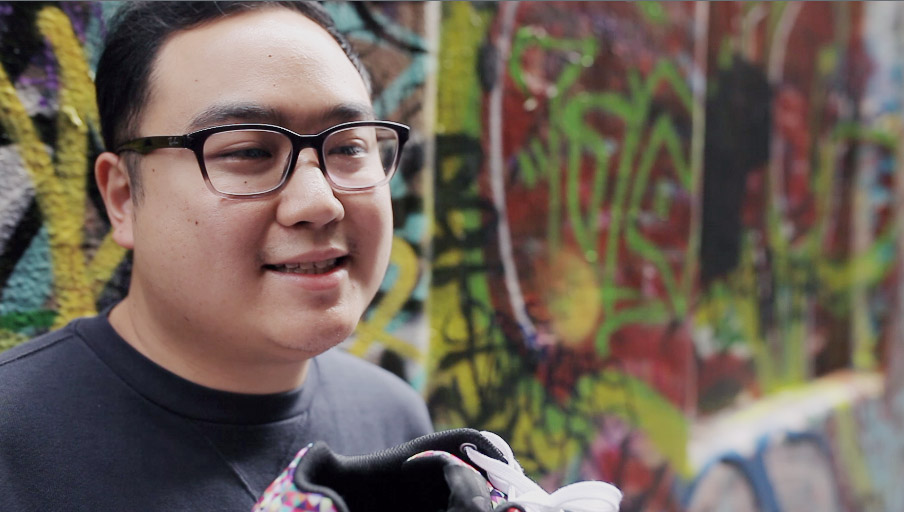 1. The sun was overbearing when we filmed this. Adjusted the contrast and brightness and changed the colour balance to make it look more vibrant. We tried adding in filters as well.
1. The sun was overbearing when we filmed this. Adjusted the contrast and brightness and changed the colour balance to make it look more vibrant. We tried adding in filters as well.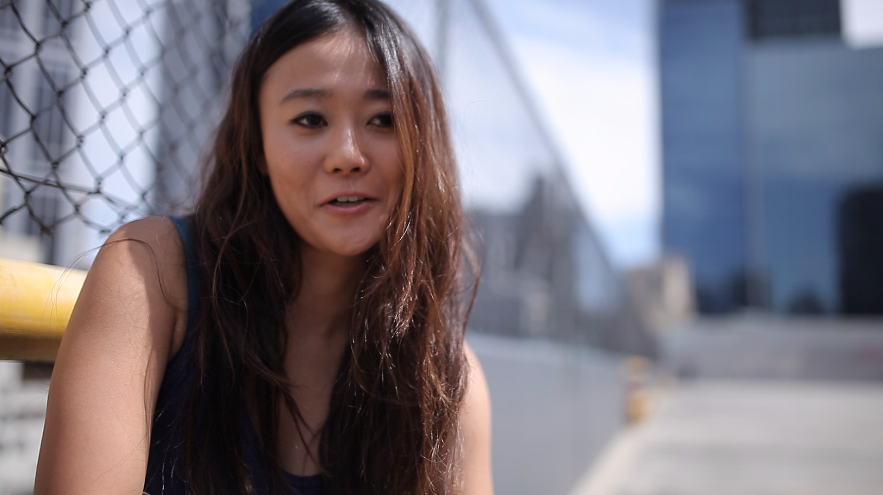 After
After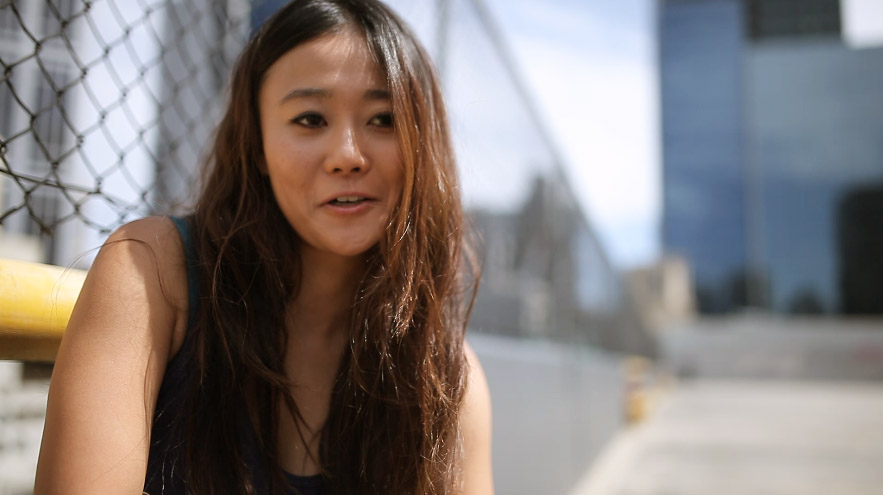 Subject here looks as if his blending into the surroundings. We wanted to make him stand out even more – Changed the colour balance and brightness. ( I’m still deciding which one looks better)
Subject here looks as if his blending into the surroundings. We wanted to make him stand out even more – Changed the colour balance and brightness. ( I’m still deciding which one looks better)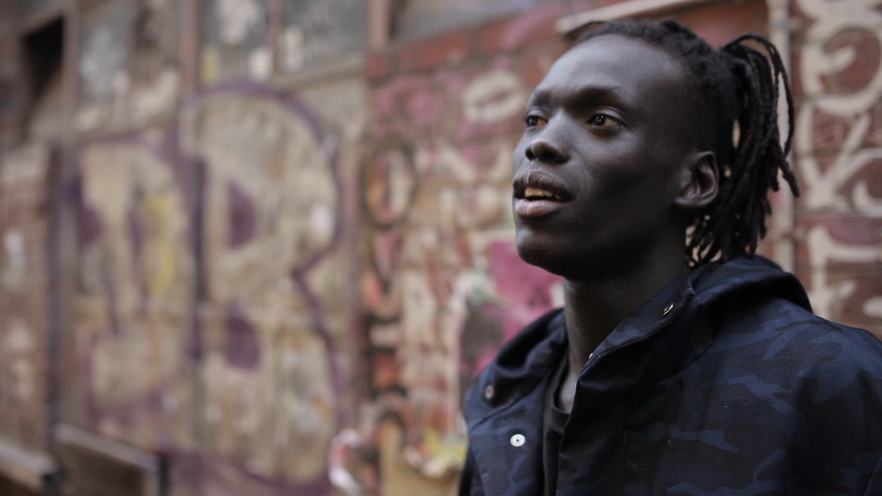 After
After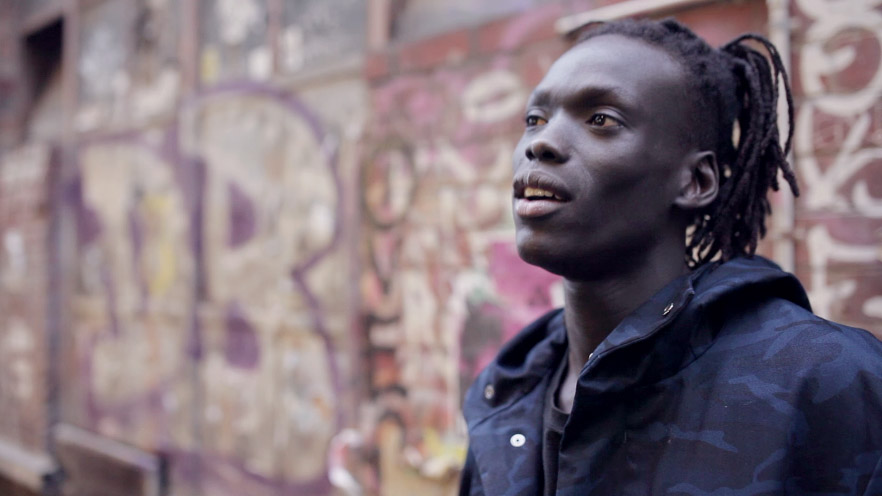 For a more cinematic effect, we played around with the colour balance – more to blue and green hues, rather than red and yellow.
For a more cinematic effect, we played around with the colour balance – more to blue and green hues, rather than red and yellow.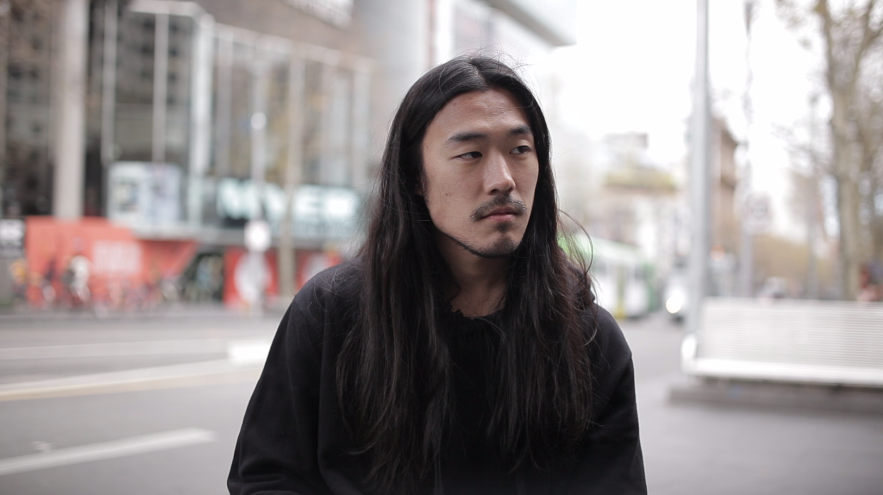 After
After